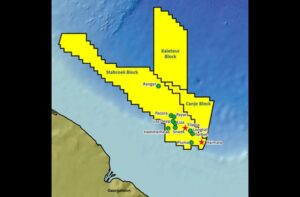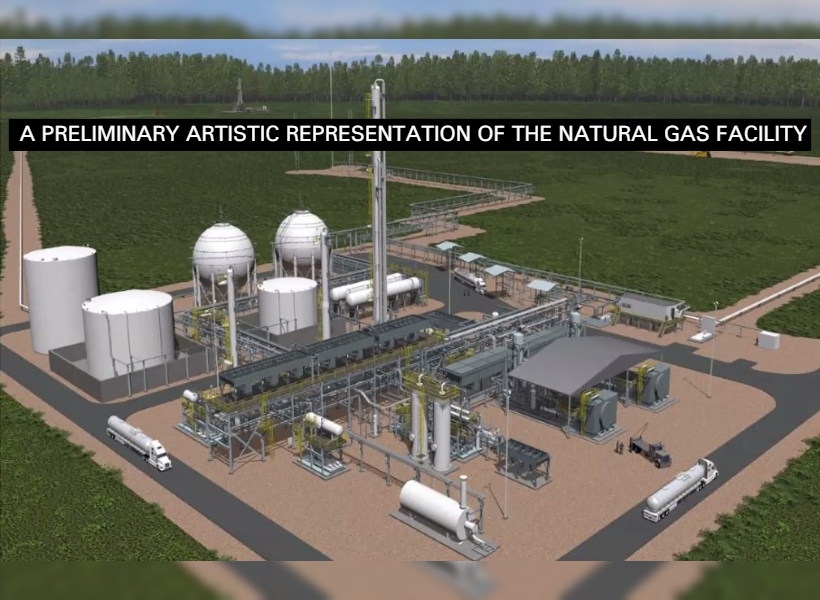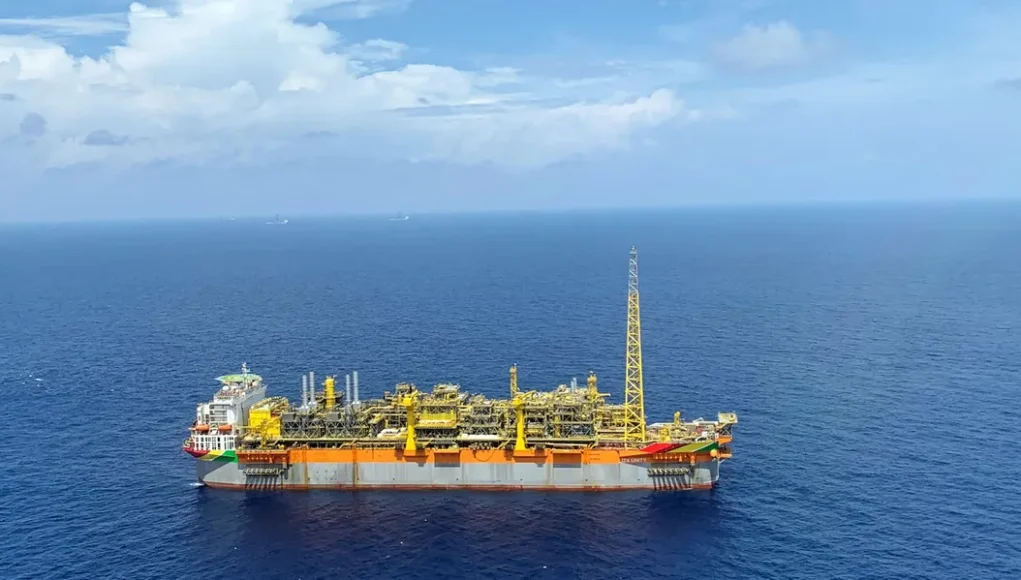ExxonMobil Guyana has submitted an application to the Environmental Protection Agency (EPA) for the Hammerhead Development Project, poised to be its seventh deepwater petroleum venture in the Stabroek Block, offshore Guyana. If approved, the project is set to significantly bolster Guyana’s oil production capacity.
The Hammerhead Development Project, located approximately 160 kilometers from Georgetown, aims to develop the Hammerhead field along with potential additional resources. The project plans to drill 14 to 30 production and injection wells, with the production phase expected to commence by 2029.
The installation will include state-of-the-art subsea equipment and a Floating Production, Storage, and Offloading (FPSO) vessel designed to handle the extraction and processing of hydrocarbons.
The FPSO, a critical component of the project, will have an oil production capacity ranging between 120,000 to 180,000 barrels per day, with storage capabilities of approximately 1.4 to 2 million barrels.
Exxon was keen to note that the project will incorporate lessons from previous Stabroek developments to minimize environmental impacts. Measures include using associated gas as fuel for the FPSO or reinjecting it to enhance oil recovery, aligning with the World Bank’s Zero Routine Flaring by 2030 initiative. The FPSO will also treat produced water according to good international industry practices before discharge.
Exxon has pledged to operate in a manner that supports the economic and environmental needs of the local communities. It also noted that the project is expected to create numerous direct and indirect employment opportunities, boosting local economies through increased procurement of goods and services.
The drilling process will employ advanced dynamically-positioned drill ships, capable of operating in water depths between 750 to 1,200 meters. The FPSO will be moored using a spread mooring system with lines connected to suction piles embedded in the seafloor.
Supporting infrastructure for the project includes shorebases, warehouses, storage yards, and fabrication facilities in Guyana. Additionally, the project will generate both hazardous and non-hazardous wastes managed under ExxonMobil’s Comprehensive Waste Management Plan (CWMP), which outlines procedures for waste handling, treatment, and disposal in compliance with Guyanese regulations.











